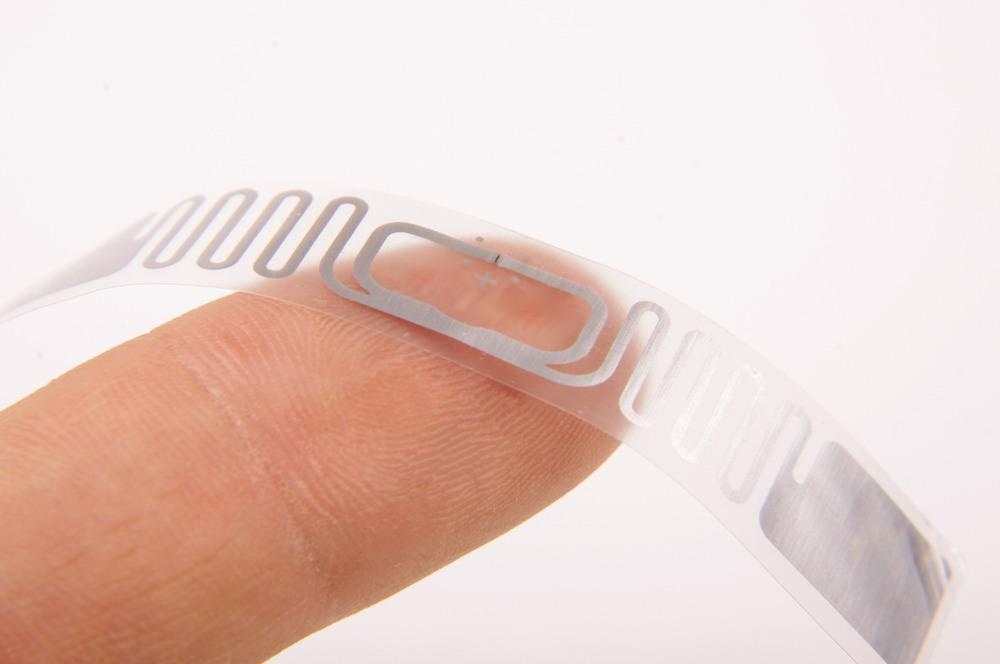The novel research published in the journal ACS Nanoscience focuses on a thorough examination of parameters that might increase the responsiveness of MON-based detectors in environmental aspects and detection systems.

Study: Metal-Oxide Nanomaterials Synthesis and Applications in Flexible and Wearable Sensors. Image Credit: Audrius Merfeldas/Shutterstock.com
Utilizing Metal-Oxide Nanomaterials
Metal-oxide nanomaterials (MONs) have sparked the fascination of researchers developing flexible/wearable sensors due to their configurable bandgap energy, low price, high operational range, and simplicity of fabrication. Furthermore, many characteristics, such as their photonic, ferromagnetic, and photocatalytic abilities, are tunable.
The conductivity, semiconductor, and insulating characteristics of nanomaterials are determined by their unique electronic configuration. Due to this unique form and size, MONs can be utilized in a broad range of technologies like battery storage devices and optoelectronic filters.
Metal Oxide Nanomaterials as Sensing Materials
The use of MONs in gaseous and biochemical monitors, infrared (UV) sensors, and biosensing applications is not uncommon.
CuO, for example, is the most commonly used gas sensing material. Sensitivity, specificity, and limit of detection (LOD) are all essential considerations for evaluating sensor detecting effectiveness.
Although these MONs are widely utilized in the sensing industry, certain limitations can hinder their applicability.
For MON-based sensors, establishing good selectivity remains a significant problem. Currently, there is a lack of cohesive methods that increases MON reliability, though processes such as tempering, carbonization techniques, and lowering the operating temperature of sensitive materials, improve stability.
Metal Oxide Nanoparticles as Flexible/Wearable Sensors
MON-based gaseous detection systems typically monitor gases by detecting resistive changes due to the contact between uncovered target gas with reactive chemical oxide ions on the metallic oxide's interface. Depending on whether the metal oxide is n-type or p-type, the conductance of the oxide rises or diminishes throughout this operation. Similarly, the altered conductance of MON enables the measurement of the targeted chemicals.
Operating at high temperatures, which might result in structural alteration of the sensor MON and decreased detecting effectiveness, is hazardous to combustible and hazardous gas detecting systems and the elastic substrate.
For MON-based foldable sensing applications, typical materials include ZnO, SnO2, In2O3, WO2, TiO2, Fe2O3, MoO3, VO2, CuO, Co3O4, and NiO. ZnO is the most often employed of these substances because of its broad bandgap (3.3 eV), excellent conductance, cytocompatibility, excellent stability, and great responsiveness to both reductive and oxidizing gases.
Utilization as Electrochemical Flexible Sensors
As a result of its semiconductor materials characteristics, MONs may also be used as electrochemical devices. MON-based extensible detectors were used to electrochemically monitor pH, sugar, dopamine, moisture, toxic substances, cortisone, and ammonia. WO3 and IrOx were mainly exploited for flexible pH sensors based on MONs.
Furthermore, MON-based flexible detectors for sensing biomolecules such as glycogen, serotonin, cortisol, peroxide, and ammonia have recently been disclosed. Catalysis was often used to identify these compounds.
Photodetection Flexible Sensors
Owing to their semi-conductive qualities, oxides such as SnO2, ZnO, TiO2, MoO3, Zn2SNO4, and Cu2O are also commonly used in photodetectors. Due to the entrapment of electrons by oxygen originates on the interface, nanomaterials are thought to be suitable for these detectors due to their high specific surface area ratio.
Wearable Sensor Applications
Wearable electronics arose due to the sophisticated, flexible electronics method, which allows for complementary adhesion to the skin surface and the ability to withstand displacement caused by human physical movement.
Scientists have created MON-based sensors that are adaptable enough to be used as wearables. In addition, several researchers have shown wearable technology with MON-based flexible sensors. Manufacturing detectors on wearable substrates like textiles and fiber is a technique to achieve sufficient elasticity to withstand the mechanical deformation of the human body. ZnO NRs have been authorized for growth on cloth or fiber constructions.
Compared to textile-type MON-based devices, thin-film sensors have been extensively explored to expand to wearable systems due to simple morphological structures. Past research data provide easier methods to achieve stable and highly efficient devices.
Limitations
Due to their restricted range of pressure and elasticity, traditional sensors such as strain gauges depending on inflexible metals were not suited for healthcare monitoring, mainly recording human stance or mobility. Flexible/wearable MON-based mechanical sensors suited for monitoring human movement, on the other hand, have been described recently.
In short, the most current advancements in flexible/wearable MON-based sensors have been discussed. Sensor-related approaches have been extensively researched, ranging from various MON synthesis processes to applications of MON-based sensors.
Continue reading: Harvesting Energy as you Move: The Future of Wearable Technology.
Reference
Yoon, Y., Truong, P. L., Lee, D. & Ko, S. H., (2021) Metal-Oxide Nanomaterials Synthesis and Applications in Flexible and Wearable Sensors. ACS Nanomaterials. Available at: https://pubs.acs.org/doi/10.1021/acsnanoscienceau.1c00029
Disclaimer: The views expressed here are those of the author expressed in their private capacity and do not necessarily represent the views of AZoM.com Limited T/A AZoNetwork the owner and operator of this website. This disclaimer forms part of the Terms and conditions of use of this website.